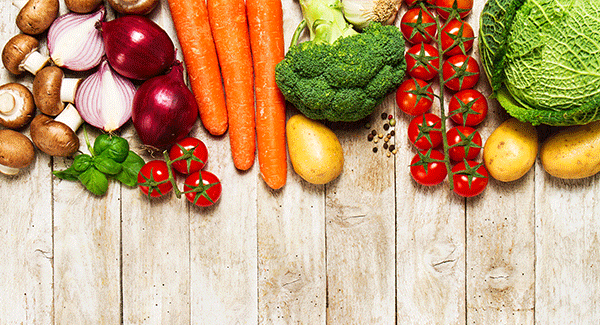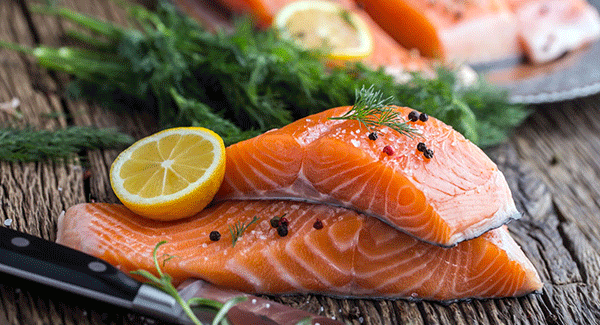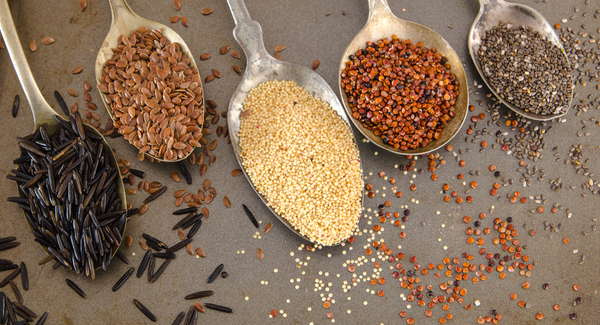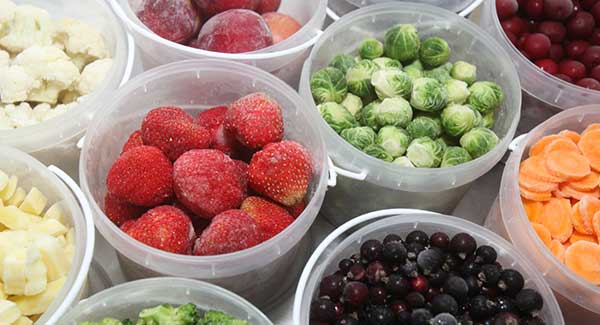Get the Most Out of Your Arthritis Diet
These five tips can help you maximize the nutritional benefits of healthy food choices.
By Camille Noe Pagan
If you’ve been eating healthfully, you choose whole foods, not processed; you pick produce in many colors; and you get most vitamins and minerals from food instead of supplements. But what if you could make good food choices even better for you?
You can. Simple steps can maximize foods’ nutrients or make them more “bioavailable” – that is, easier for your body to absorb. That can increase your intake of nutrients that may help arthritis, says registered dietitian Christen Cupples Cooper, director of Pace University’s nutrition and dietetics program, in New York.
Although nutrients won’t cure arthritis, “A nutrient-rich diet may help ease arthritis symptoms, especially if you maintain a healthy weight and lifestyle,” she says. For example, vitamin C plays a role in tissue repair and healing, and vitamin D helps the body absorb calcium and may decrease inflammation.
Get Local and Fresh. “As a rule, the longer a fruit or vegetable is separated from its plant, the more nutrients it loses,” says Cooper. Exposure to light, heat and oxygen can break down nutrients like vitamins A, C and D. Local produce gets to your plate faster and is likely to be higher in vitamins and minerals than produce shipped from out-of-state or -country, she says.
Say Yes to Frozen. Fruits and veggies are typically frozen at extremely low temperatures (flash-frozen) right after harvest, so “frozen produce can often be even more nutrient-dense than older fresh food,” says Cooper.
Store Smarter. Store fruits and vegetables separately; most fruits give off ethylene, which can cause vegetables to over-ripen and lose nutrients faster. And keep produce out of direct sunlight. Still, where you store produce isn’t as important as eating it when it’s fresh, says registered dietitian Elizabeth Smith, PhD, an assistant professor of nutrition and food science at Middle Tennessee State University, in Murfreesboro.
Cook It. In some cases, raw foods may be healthier. However, Smith says, “Cooking breaks down the cell walls of certain foods, releasing more nutrients.” In particular, cooking tomatoes, carrots and spinach releases more beta carotene, which helps rid the body of inflammation-causing free radicals. Steam or sauté instead of boiling to avoid losing water-soluble vitamins, like B and C, into the cooking water.
Dice or Crush Onions and Garlic. This releases alliinase, an enzyme that triggers the formation of organosulfur compounds, which research shows may help reduce inflammation and oxidation. Some early research suggests it may even help osteoarthritis-related inflammation.
Prioritize Pairings. Combining certain foods can make one or both more nutritious, because the nutrients or other compounds in one food can make the nutrients in another food more bioavailable. For example, if you’re eating foods high in vitamin A (carrots, sweet potatoes, kale), vitamin D (fatty fish, fortified milk), vitamin E (spinach, butternut squash) or vitamin K (Brussels sprouts, broccoli), add a little healthy fat, like nuts or olive oil. These vitamins are fat-soluble, so your body needs fat to fully absorb them.

Stay in the Know. Live in the Yes.
Get involved with the arthritis community. Tell us a little about yourself and, based on your interests, you’ll receive emails packed with the latest information and resources to live your best life and connect with others.




